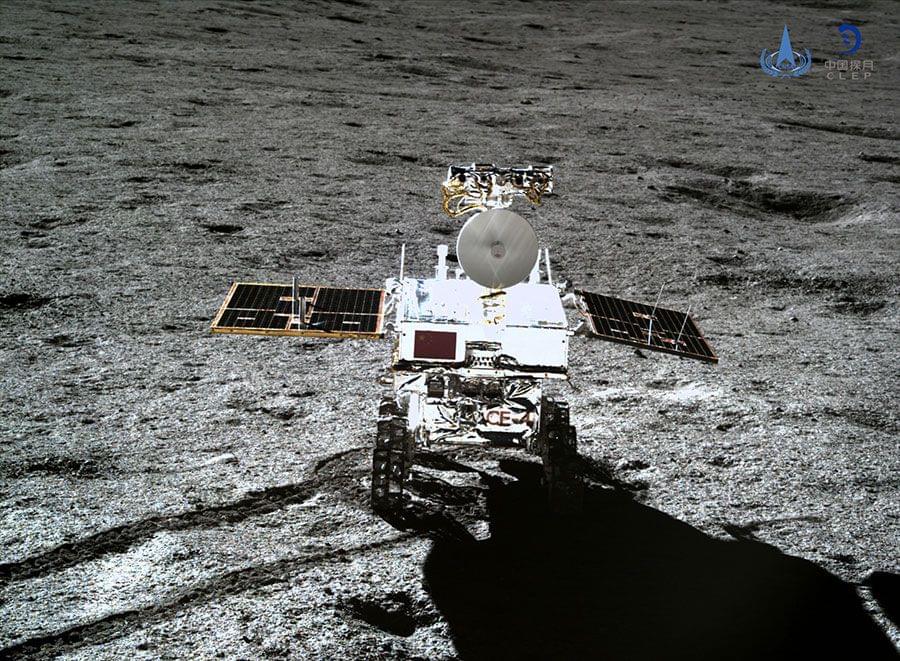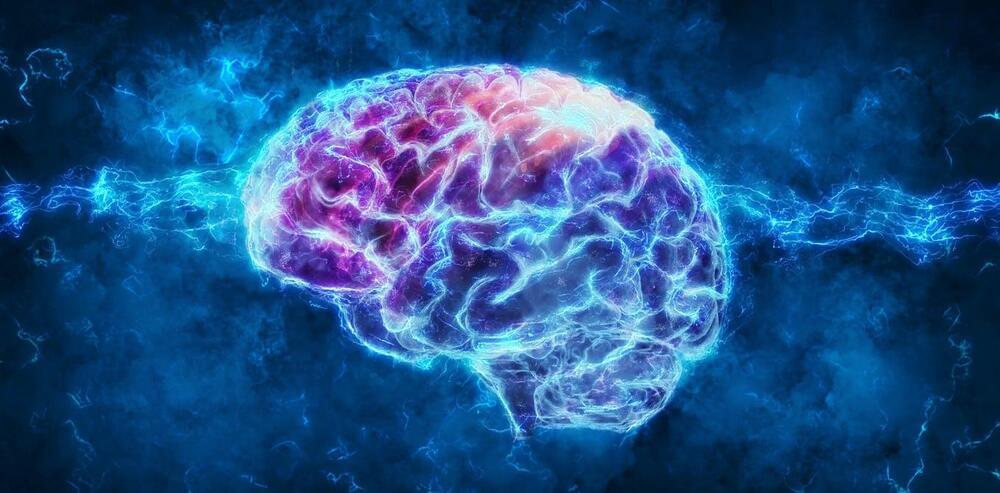We all know glass comes from sand but we don’t always get to see this process in action. In this video, we bring you footage of a solar-powered 3D printer that makes glass sculptures out of sand. Impressed? Just wait till you see the clips.
The 3D printer is called Solar Sinter and it was built by Markus Kayser. It works in the following way: after computer-drawn models are loaded into the machine, a large Fresnel lens beams sunlight onto a sandbox which leads to high temperatures of 2,552–2,912 F (1,400–1,600 C).
This extreme heat allows the sand to melt and become malleable enough to be molded into beautiful glass sculptures. The machine was first put to the test in the Sahara Desert. You can guess that the desert’s conditions allowed the 3D printer to perform to perfection.






